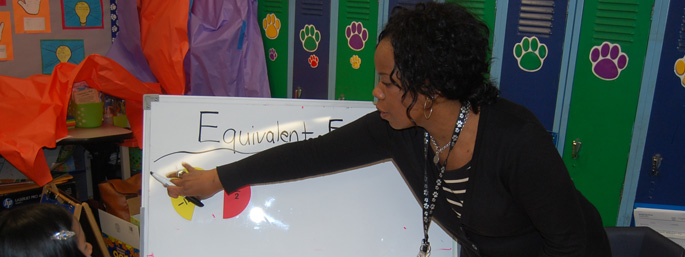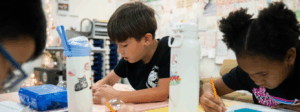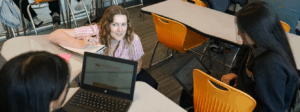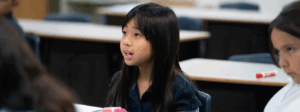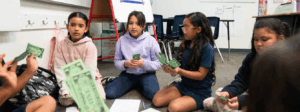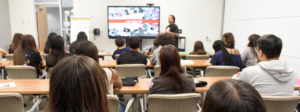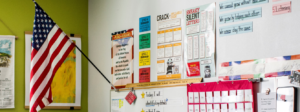President Biden and new Education Secretary Miguel Cardona have pledged to make reopening schools this spring a top priority, recognizing their importance to the country’s recovery from COVID. But even with an updated roadmap from the Centers for Disease Control for reopening schools safely, the decision to return to in-person instruction remains a pitched ideological battle.
Many educators and parents feel schools should remain closed until all teachers (or even students) are vaccinated. Others want schools open immediately, sometimes without regard for community infection rates or enforcement of mitigation measures.
The result is predictable: gridlock between districts and unions about school reopening in some places; outbreaks, quarantines, and staff attrition in others that are already open. Whether schools reopen is more correlated with a community’s political leanings than the local COVID infection rate.
Our organizations are experiencing this stalemate from different vantage points. EdNavigator works directly with parents and families, helping them find their path to long term educational success. TNTP provides support to districts and individual schools as they confront the unprecedented challenges of the pandemic. The toll on the communities we serve—especially on students of color, who face the greatest health and academic risks due to COVID-19 and experienced the greatest inequities long before the pandemic—has been dire and heartbreaking. It’s clear that students won’t get opportunities for the in-person instruction they desperately need while the reopening debate revolves around such extreme positions.
Changing that conversation would go a long way toward helping the push to reopen schools succeed—and it’s not too late to do that. President Biden and Secretary Cardona should offer some clear principles to guide reopening, focused on listening to families’ and students’ priorities and providing flexible options that respond to them:
Prioritize the voices of students and families. Many people’s voices matter when it comes to how and when schools reopen. But the two most important groups—students and their families—tend to have the smallest megaphones. Using multiple channels to ensure students and families from all parts of a community are heard is essential: online and text surveys (translated into primary languages), focus groups, and meetings with trusted community groups.
100% agreement (or anything close to it) is the wrong bar. Opinions on school reopening are all over the map—and that’s okay. We need to accept that our friends and neighbors might not make the same choices we make. Some families may not wish to return to school anytime soon, even as others are desperate to return. Some teachers will be absolutely unwilling to teach in-person, while others will be perfectly comfortable doing it. Districts need to develop approaches that offer enough flexible, quality options to accommodate the full spectrum of preferences, rather than a single option that is bound to frustrate a significant portion of their community. A poll released just this week found this is exactly the approach a majority of parents want: 59% said they want districts to offer a choice between in-person and remote options for the rest of this school year, and 55% said they want that choice next year, too.
There is no “scientific” answer to every aspect of school reopening. If we wait for a scientific answer to every aspect of school reopening, schools might stay closed forever. What level of COVID positivity in a community should trigger systemwide shutdowns? Exactly what constitutes “close” contact? Where is the line between acceptable and unacceptable ventilation for classrooms? Public health experts can offer guidelines on all these issues, but some details of reopening plans will always be judgment calls. And guidelines aren’t guarantees: systems must be transparent about the fact that all of us, experts included, are learning more each day about this disease.
Risk is unavoidable. Opening schools, even with careful mitigation protocols, involves some risk to the health of students and staff. Keeping schools closed also carries risks for students and families—academically, socially, emotionally, financially. Pretending that any solution is perfect or risk-free will just reduce public trust. Districts need to prioritize responsible transparency—on how they’ve balanced these risks based on feedback from families, and the results of COVID testing in any schools that open (disaggregated by race, age, and gender). Enlisting local public health partners to share this data (e.g., a task force of local physicians and nurses) is essential to building trust, especially in communities of color.
For all the talk about completely opening schools or keeping them completely closed, they’re on extreme ends of a wide spectrum—and they’re not what most parents actually want right now. President Biden and Secretary Cardona should make clear that reopening schools means gradually introducing more in-person options based on the needs and preferences of individual communities and families, without shortchanging any families who elect to stay remote.
It will be a balancing act. But it’s the only way to escape our current stalemate and start getting more kids back into the classroom.
